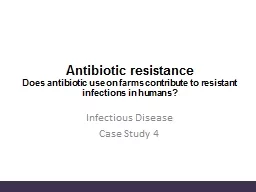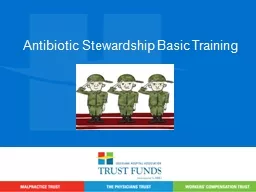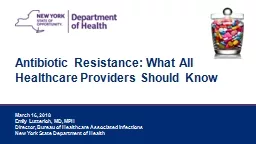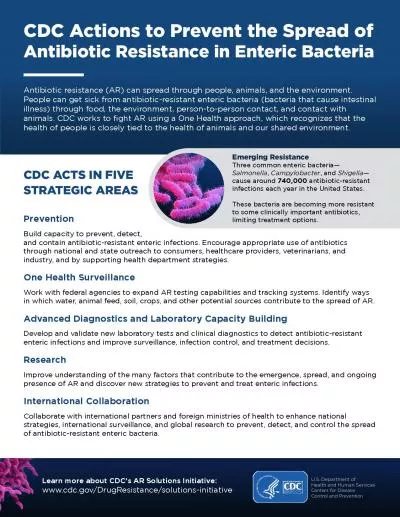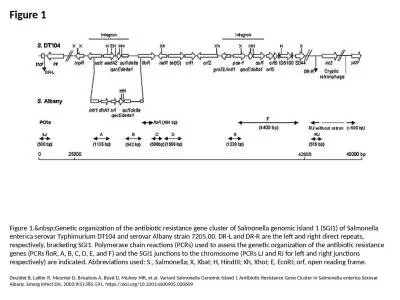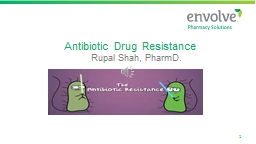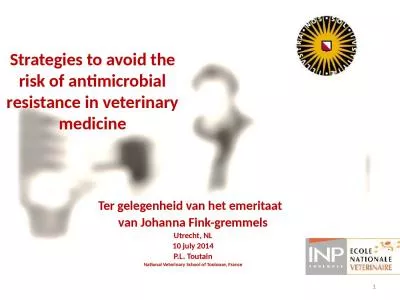PPT-Antibiotic Resistance and Overuse: Strategies for College Health
Author : oconnor | Published Date : 2022-02-10
June 1 2017 Courtney Holzheimer DNP FNPBC Sara Lee MD Courtney Holzheimer DNP FNPBC Nurse Practitioner Case Western Reserve University Sara Lee MD Adolescent
Presentation Embed Code
Download Presentation
Download Presentation The PPT/PDF document "Antibiotic Resistance and Overuse: Strat..." is the property of its rightful owner. Permission is granted to download and print the materials on this website for personal, non-commercial use only, and to display it on your personal computer provided you do not modify the materials and that you retain all copyright notices contained in the materials. By downloading content from our website, you accept the terms of this agreement.
Antibiotic Resistance and Overuse: Strategies for College Health: Transcript
Download Rules Of Document
"Antibiotic Resistance and Overuse: Strategies for College Health"The content belongs to its owner. You may download and print it for personal use, without modification, and keep all copyright notices. By downloading, you agree to these terms.
Related Documents








